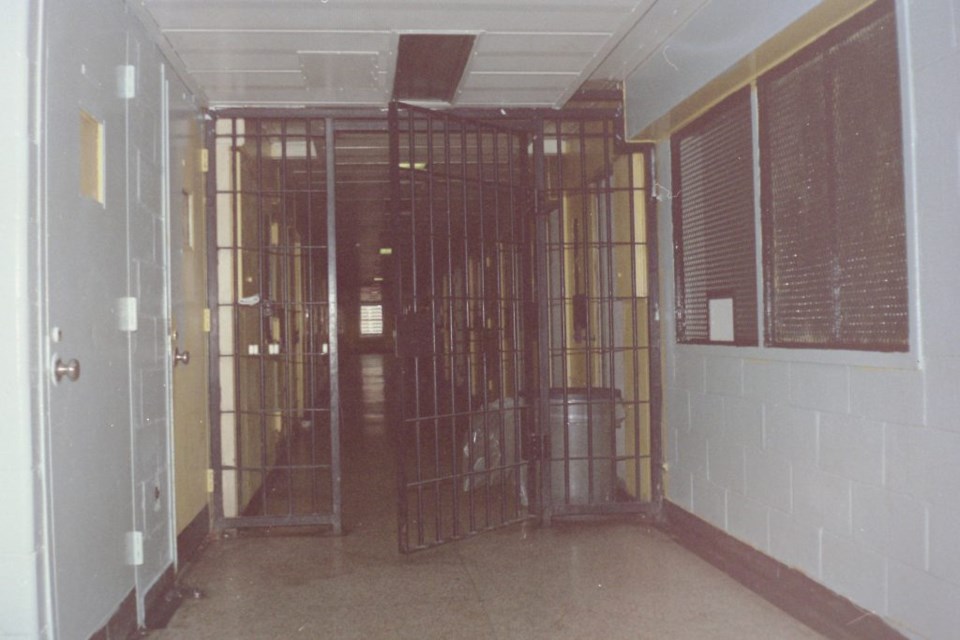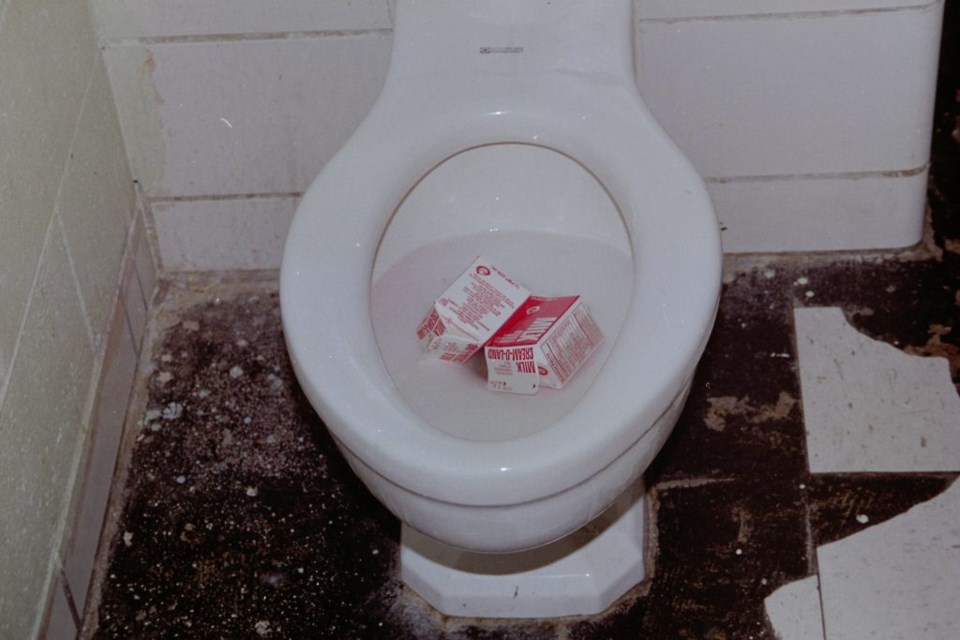
Photo: Lorenzo Steele Jr.
My name is Lorenzo Steele Jr., and I am a former New York City corrections officer who spent 15 years working on the infamous Rikers Island (C-74), the nation's most violent adolescent jail.
Voices from the box, #3:
These are jail stories from friends of mine that served time in solitary confinement. The main purpose for these stories is to share their personal experience with the public on how it feels to be in a 8 foot by 6 foot cell,the size of a small bathroom for 23 hours. Through this series of short essays,"Behind These Prison Walls: Solitary Confinement" written in first person by the former inmates themselves, I hope to bring awareness to the rampant problems of mass incarceration and youth in solitary confinement.
Former inmate Isaac Scott (served 30 days in the bing)
Solitary Confinement is a means of punishment prominently used in prison systems all over the country. Depending on where you are, it has a different name.
The names range from isolation, control units, supermax prisons, the hole, SHUs, administrative segregation, permanent lockdown, or New York City's favorite, "The Box."
While the name may change, the living conditions typically do not. Whereas small conditions may vary, the storyline remains the same: Confinement behind a solid steel door for 23 hours a day, Limited contact with other human beings, little to no phone usage, non-contact family visits, extremely limited access to rehabilitative or educational programming, inadequate medical and mental health treatment, restricted reading material, violation of personal property and sometimes physical torture such as hog-tying, restraint chairs, forced cell extraction, mental torture such as sensory deprivation, permanent bright lighting, extreme temperatures, forced insomnia, sexual intimidation and violence.
Inmates subject to the punishment of solitary confinement are those persons who have broken a predetermined number of rules within the facility. Or they've broken the same rule more than once and the punishment for this continual violation is being subject to some if not all of the conditions listed above.
In November of 2013 I was released from prison after serving 7 years, 8 months and 16 days for drug-related crimes. In July of 2008 I was placed on a 30-day "keep lock" inside of one of New York State's maximum security prisons. Keep lock is a means of solitary confinement that is given to those inmates given a short period of punishment time and/or who did not receive a severe infraction to begin with. Being placed on Keep Lock literally means that you are kept locked in the cell you already live in. You are no longer allowed out of your cell. While correctional staff often use the box as their own personal means of punishing those inmates they do not like and may have done no wrong, Keep Lock is faster and used more frequent for minor reprimands. The conditions of "Keep Lock" are very similar to solitary confinement, as they include confinement behind a solid steel door for 24 hours a day, limited contact with other human beings, little to no phone usage, non-contact family visits, extremely limited access to rehabilitative or educational programming.

Photo: Lorenzo Steele Jr.
I was penalized and placed on Keep Lock because I used the computer and printer in the facility's library to research and print out information about starting my own business. Information that I would utilize when I was released. My infraction claimed that I was "Destroying State Property," since the NYS Inmate rule book equates misusing state property with destroying it.
The affects of being held in this form of solitary confinement did not take affect on me immediately since I was already living in that particular cell. It wasn't until about day 3, that it registered to me that I was trapped in my cell. I was being held in a very uncomfortable situation against my will solely because I chose to educate myself in order to prevent a pattern of recidivism in my future. Being locked in that cell 23 hours a day only to be let out the back door of my cell into a even smaller recreation pen for 1 hour was one of the worst experiences of my life.
While feelings of deep depression overwhelmed me at times, I refused to entertain the option of suicide as a means of escape from my punishment. I chose instead to lean on my faith and take things one day at a time. The hardest part of this whole experience for me is was the fact that I didn't violate anyone in any way. I felt persecuted for being a young African-American male who was quiet and stayed out of trouble.
Children should understand that although solitary confinement conditions are different depending on the facility, the fact that it's used without discretion, keeping the same horrid conditions with all age groups, makes this form of punishment cruel and unusual.
To read testimony from former inmate Jamaine Richardson, go here.
To read testimony from former inmate Trenny, go here.



